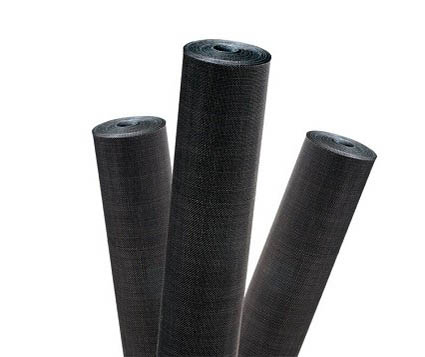The History Of Weaving Wire Mesh
Wire mesh suppliers take us to explore the history of wire mesh and learn how wire mesh has become one of the most important and widely used manufacturing components.
The earliest recorded use of woven wire mesh was in ancient Egypt, where it was used to make gold and silver jewelry. A technique later adopted by the Vikings.
The Vikings used woven ropes of silver and gold, which were stretched to make jewelry for their most famous and powerful leaders. This thread weaving process is called Viking weaving.
It was during the five centuries when woven wire became increasingly popular as it was used in body armor. Many woven wire products were made of hand-forged iron wire. This was a big step in the line manufacturing industry, especially in Europe, where Chainmaille (from the French word "maille" meaning net or net) were becoming more and more popular.
Other historians believe that woven wire bulletproof vests were actually used as early as 300 BC and then peaked during the Dark Ages and Renaissance. Today, it is still used to protect the human body, in the gloves and jackets of wood carvings and meatpackers, and in divers to protect it from shark attacks.
In the 17th and 18th centuries, steel and iron wire was usually traded on a small scale for household appliance applications such as retainers, buckles, pallets, windows, etc.
But it was in the 18th century that a wire loom was used for industrial purposes for the first proof. It stems from several factors, including the development of the paper industry and textile machines.
In 1798, a French paper mill worker came up with the idea of using a continuous form of fine wire cloth to produce paper, and Henry Fourdrinier introduced the process in England (as it later became known). The annular mesh belt can then pass through the wet pulp at a higher speed to produce a continuous mass of paper. This has revolutionized the global paper industry and laid the groundwork for the technology to be applied to a wider range of industries.
The textile industry was also developing, and it was soon realized that the basis of the loom could also be used to weave metal wires. Then, this new automatic wire weaving process developed rapidly in Britain during the Industrial Revolution. This is, so to speak, the catalyst for the pace of the revolution.

Then, after the Industrial Revolution, demand for woven webs peaked again during World War II. This is an extremely useful application for many products used in warfare, such as military vehicles, aircraft filters, petrochemical products, and explosive screening equipment. R.cadisch and Sons (now Cadisch Precision Meshes) joined the war by supplying metal mesh aircraft parts to the Air Force.
Until now, Richard Cadisch and his sons have provided the industry with various types of household equipment and auto parts. After the war, the demand for silk screens increased, which allowed the company to expand its range of silkscreens in manufacturing.
Today, Cadisch Precision has grown to be one of the industry's leading grid suppliers, with thousands of different products in stock. And the need for mesh has not diminished. Screens, shields, and wire mesh are often seen as hidden manufacturing components that are used in almost every manufacturing process today.